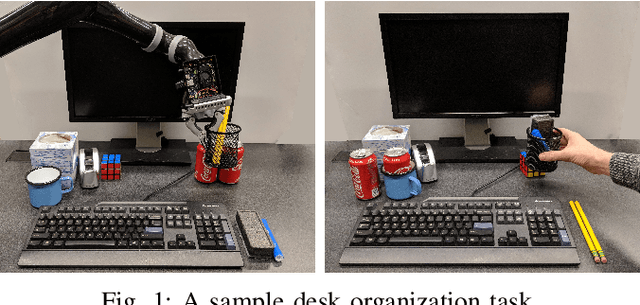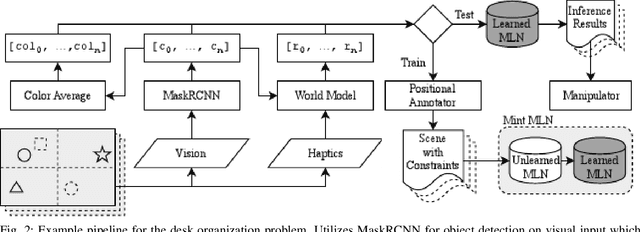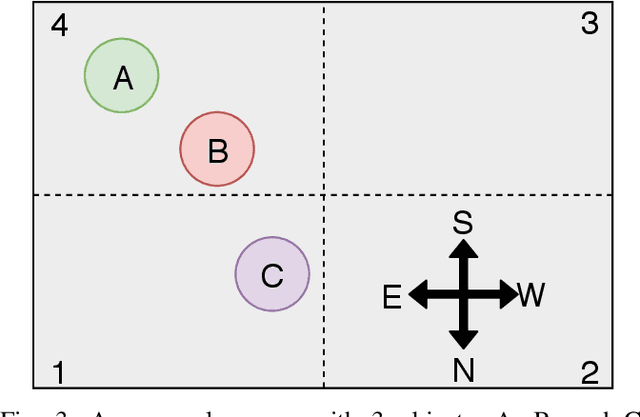Shivam Singhal
Preventing Reward Hacking with Occupancy Measure Regularization
Mar 05, 2024Abstract:Reward hacking occurs when an agent performs very well with respect to a "proxy" reward function (which may be hand-specified or learned), but poorly with respect to the unknown true reward. Since ensuring good alignment between the proxy and true reward is extremely difficult, one approach to prevent reward hacking is optimizing the proxy conservatively. Prior work has particularly focused on enforcing the learned policy to behave similarly to a "safe" policy by penalizing the KL divergence between their action distributions (AD). However, AD regularization doesn't always work well since a small change in action distribution at a single state can lead to potentially calamitous outcomes, while large changes might not be indicative of any dangerous activity. Our insight is that when reward hacking, the agent visits drastically different states from those reached by the safe policy, causing large deviations in state occupancy measure (OM). Thus, we propose regularizing based on the OM divergence between policies instead of AD divergence to prevent reward hacking. We theoretically establish that OM regularization can more effectively avoid large drops in true reward. Then, we empirically demonstrate in a variety of realistic environments that OM divergence is superior to AD divergence for preventing reward hacking by regularizing towards a safe policy. Furthermore, we show that occupancy measure divergence can also regularize learned policies away from reward hacking behavior. Our code and data are available at https://github.com/cassidylaidlaw/orpo
Desk Organization: Effect of Multimodal Inputs on Spatial Relational Learning
Aug 03, 2021



Abstract:For robots to operate in a three dimensional world and interact with humans, learning spatial relationships among objects in the surrounding is necessary. Reasoning about the state of the world requires inputs from many different sensory modalities including vision ($V$) and haptics ($H$). We examine the problem of desk organization: learning how humans spatially position different objects on a planar surface according to organizational ''preference''. We model this problem by examining how humans position objects given multiple features received from vision and haptic modalities. However, organizational habits vary greatly between people both in structure and adherence. To deal with user organizational preferences, we add an additional modality, ''utility'' ($U$), which informs on a particular human's perceived usefulness of a given object. Models were trained as generalized (over many different people) or tailored (per person). We use two types of models: random forests, which focus on precise multi-task classification, and Markov logic networks, which provide an easily interpretable insight into organizational habits. The models were applied to both synthetic data, which proved to be learnable when using fixed organizational constraints, and human-study data, on which the random forest achieved over 90% accuracy. Over all combinations of $\{H, U, V\}$ modalities, $UV$ and $HUV$ were the most informative for organization. In a follow-up study, we gauged participants preference of desk organizations by a generalized random forest organization vs. by a random model. On average, participants rated the random forest models as 4.15 on a 5-point Likert scale compared to 1.84 for the random model
* 8 pages, 7 figures
 Add to Chrome
Add to Chrome Add to Firefox
Add to Firefox Add to Edge
Add to Edge